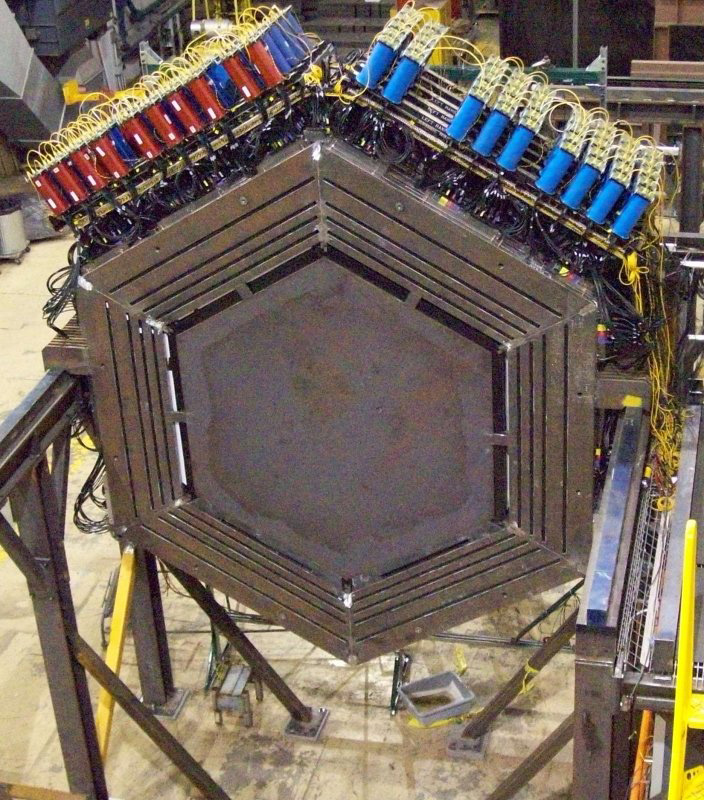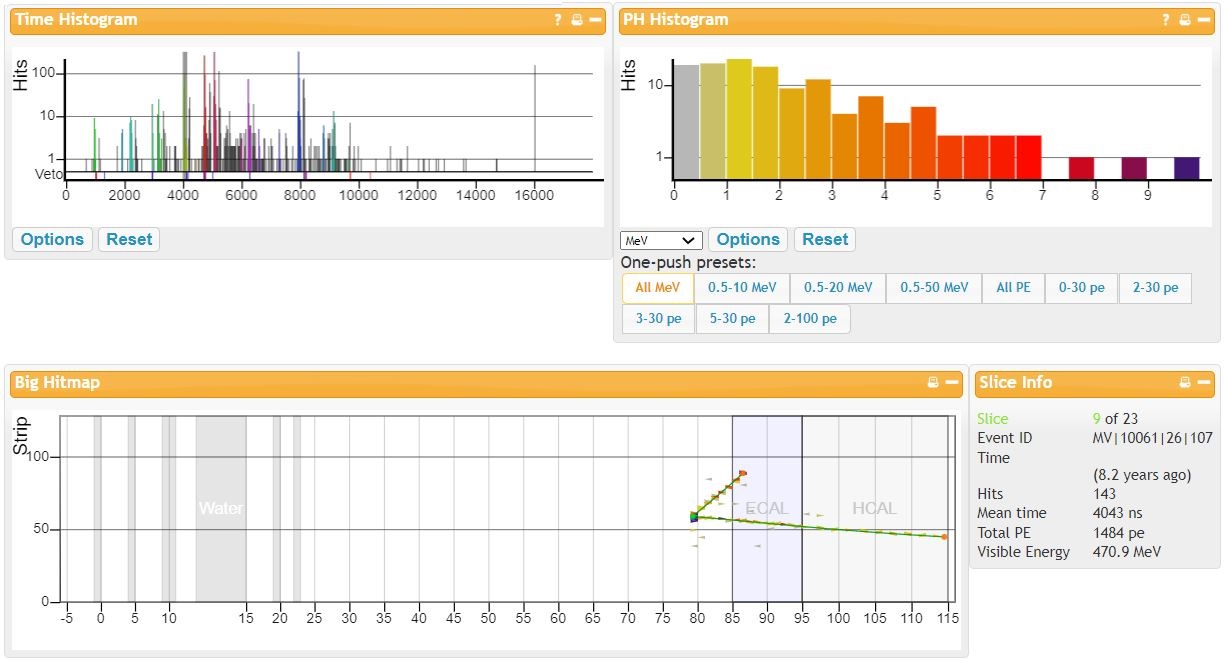Clase Magistral de MINERvA 2022 en Puerto Rico
Sábado, 26o de marzo 2022 en línia - comienza a 9h00 AST


Horario
Estudiantes: por favor mira al video de MINERvA "set up and analysis" antes del clase magistral.
| Hora | Actividad | Facilitadores |
|---|---|---|
| 08h30 | Conecciónes y saludos; registración (estudiantes) | Prof. K. Cecire, Dr. H. Mendez |
| 09h00 | El Modelo Estándar de las Partículas elementales | Prof D. Gutierrez |
| 09h45 | Presentación de la medida MINERvA (diapositivos) | Prof D. Gutierrez, Profa. D. Cordero |
| 10h30 | Descanso | |
| 11h00 | Oportunidades y Estudios en Física | Dr. S. Santana |
| 11h45 | Almuerzo | |
| 13h00 |
Discusión de análisis y asignación de los datos |
Prof D. Gutierrez, Prof. K. Cecire |
| 13h30 | Mediciónes de los datos | Prof D. Gutierrez, Mendez, Cecire |
| 15h00 | Descanso | |
| 15h30 | Discusión de resultados en Puerto Rico | Prof D. Gutierrez |
| 16h00 | Videoconferencia | Dr. T. Junk, Prof. K. Cecire; Fermilab |
| 17h00 | Cierre; registración (profesores) |
|
Recursos 5 Cosas que Todo el Mundo NECESITA saber sobre los Neutrinos |
Contactos |
